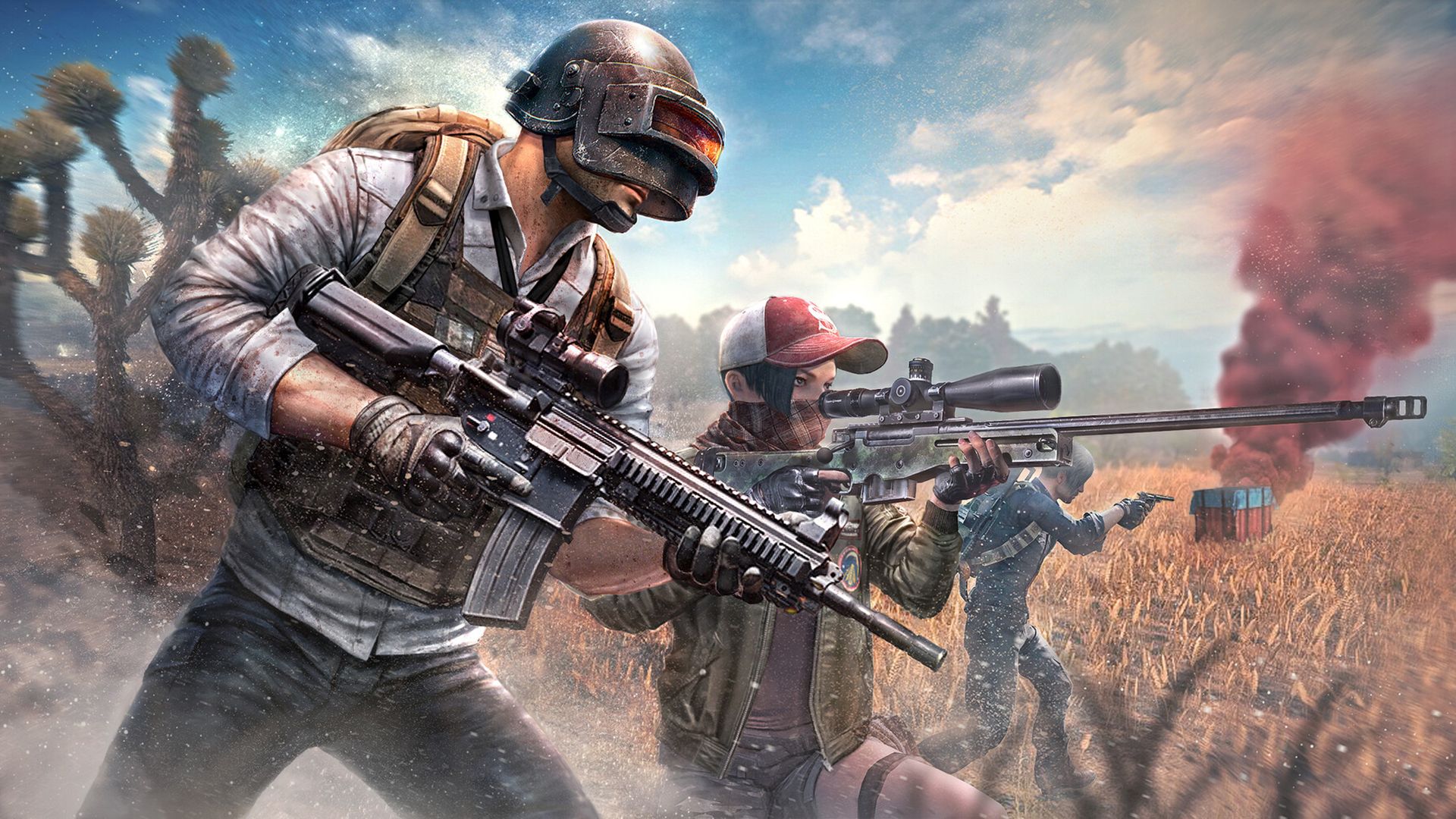The Evolution of the Battle Royale Genre
From humble mods to gaming powerhouse

Multiple players enter, only one leaves as champion. Surely such a basic premise for a gaming genre must have been around for years, right? Though precursors to the battle royale genre can be found in the custom king of the hill and last man standing modes of classics like Halo and Unreal Tournament, the birth of modern battle royale gaming was actually a fairly recent event.
Of course, everybody remembers the summer of 2017 when PUBG dominated both the online gaming and streaming communities, and you’d be hard pressed to find anyone under the age of 50 who hasn’t heard of Fortnite by now, though even these titles were not the first of their kind.
With games like Apex Legends and COD: Warzone captivating millions of players and viewers worldwide on a weekly basis, clearly developers have struck gold with the current battle royale format. To find out how we got here, let’s explore the evolution of the battle royale game genre.
It always starts with mods
Mods have been a staple of gaming since at least the early '90s, though many players would have to wait until the mid '00s and the growth of online communities for modified games to become widely accessible. For younger players, their first experience with custom mods may well have been in multiplayer titles like Minecraft. Conveniently, this is where our story begins.
In 2012, one particular Minecraft mod exploded in popularity. Loosely based on the recently released Hunger Games movie, Minecraft: Survival Games was a community-created custom game mode dropping 24 players into a single map to engage in a free-for-all for loot and glory.
Serendipitously, the popularity of Survival Games coincided with the rapid growth of Minecraft content on YouTube, leading to creators gaining millions of monthly views and the exponential growth of the mod itself. Perhaps coincidentally or perhaps intentionally, similar mods for games like DayZ and Z1 were created, and with these titles the modern battle royale format was born.
The breakthrough success
Released in 2017, PlayerUnknown’s Battlegrounds is generally considered to be the first real example of the modern battle royale format. Having previously created battle royale mods for DayZ and Arma 3 between 2013-2014, Brenden Greene (AKA PlayerUnknown) took inspiration from earlier titles while adding new twists like random weapon drops to form a fresh experience.
With simple rules, intuitive controls and wide accessibility via PC gaming platforms like Steam, PUBG was an almost instant success, selling around 50 million copies within its first year. 100 players enter, fight for the best weapons, only one walks out alive, the genre is finally complete.
Driven by countless popular YouTube and Twitch streamers, the PUBG player base continued to grow over the next few years, with ports to Xbox and Playstation coming in early 2018 alongside a free-to-play mobile port (PUBG Lite) optimized to support smartphone and low-end PC setups. With most players now aware of battle royale games, the format was primed for the big leagues.

Battle royale goes mainstream
From 2018 onwards, battle royale games became some of the most played titles on consoles, PCs and mobile devices worldwide. Perhaps the most famous example would be Epic Games’ Fortnite, which was actually first released in 2017 in its player-vs-environment Save the World mode, but quickly updated to feature a free-to-play battle royale mode to compete with PUBG.
While Fortnite followed many previously established battle royale rules such as random player and weapon spawn locations, time-based map shrinkage and a last man standing win condition, the title added new twists like building and an emphasis on player customization that captivated audiences unlike any of its predecessors. As a result, Fortnite became a cultural phenomenon.
With popular streamers and conventional celebrities alike promoting the game across various media formats, Fortnite broke viewership records on Twitch, gained a player base of 125 million and spun off into a professional esports league all by July 2019. In response, major developers released titles like Apex Legends and COD: Warzone to cement the format as a modern classic.

The future of the genre
Though most of the best battle royale games continue to follow a gun-based last man standing format, the genre has expanded significantly to cater to a much wider variety of players. For example, Tetris 99 on Nintendo Switch adds a last man standing ruleset to the series’ classic puzzle gameplay, while Fall Guys marries party-style mini games with the battle royale genre.
Outside of innovations within the battle royale format, popular shooters like Fortnite and Apex Legends continue to draw in millions of viewers on streaming platforms, as well as feature in professional esports tournaments around the world. With battle royale games continuing to draw in millions of viewers and players across all platforms, the genre isn't going away any time soon.
Summary
So there you have it, from humble beginnings as a community-created Minecraft game mode to the worldwide phenomenons of PUBG and Fortnite, the history of battle royale games may be surprising to some. Like many innovations in gaming, the community-led aspects of initial mods helped to fine tune the format before it gained critical acclaim, though hopefully those first file sharing pioneers made good use of antivirus software when swapping around early mod builds.
As online gaming continues to grow, and more players are introduced to the high-stakes thrill of winner-takes-all combat, battle royale titles will surely remain in contention as one of the world’s most popular gaming genres, hopefully inspiring new players to build on the format in the future.
